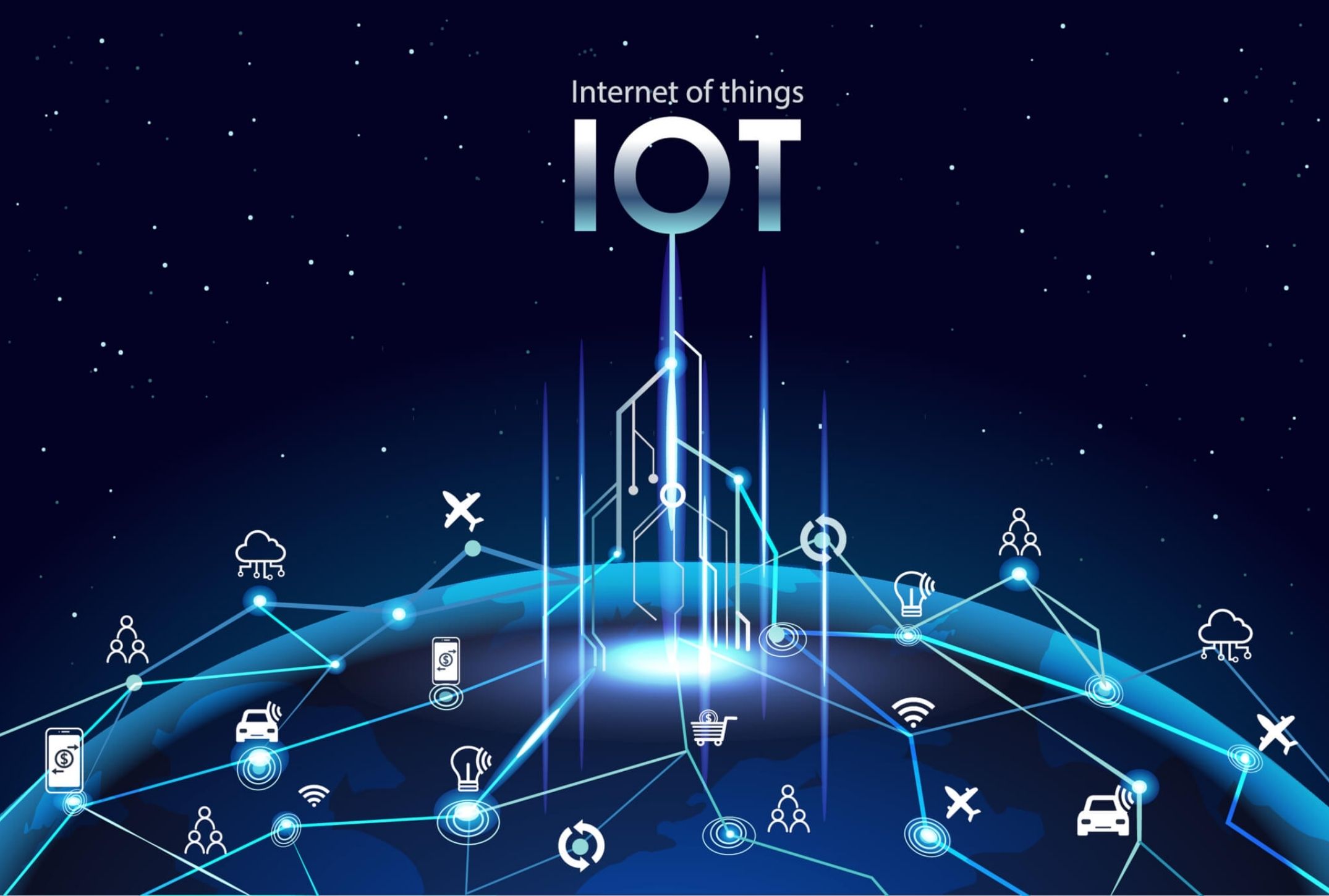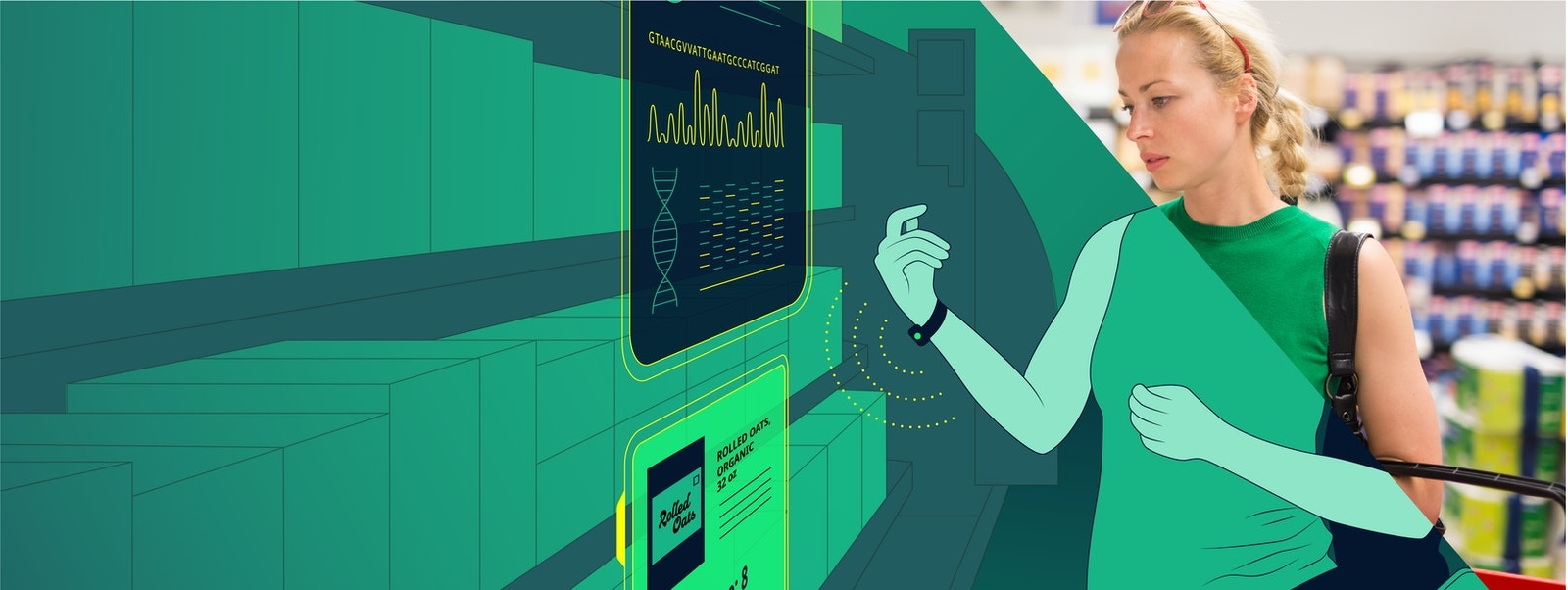The Current Impact of IoT in India

The introduction of IoT in India has brought the next level industrial revolution in the country. Besides in the new “Digital India” program launched by Prime Minister Narendra Modi, IoT plays a prominent part in the contribution. With a vision to create $15 billion of the IoT industry by 2020, the government has drafted a strategic roadmap to bring India on the global IoT map.
But before we discuss the impact of IoT in India, it is important to understand what this term exactly means. More often we get to hear new jargon like AI(Artificial Intelligence), ML (Machine Learning), Big Data, Cloud computing, Blockchain,etc. with the evolution of technology. Similar to these technical buzzwords is the term IoT also known as Internet of Things.
Internet of Things or IoT is basically the extension of internet connectivity into physical devices and day to day objects. In vague terms, IoT empowers “smart” devices for sending and receiving information. The IoT devices are mainly smart watches, smart health wear gadgets, smart home appliances, voice assistant devices, etc. These IoT devices are embedded with electronics, internet connectivity, and other kinds of hardware. The devices communicate and interact through the internet and are easily remotely monitored or controlled.
Getting back to the subject, as per ET CIO, “the IoT market in India will make at least $15 billion by 2020”. It accounts for nearly 5% of the total global market. Also, the usage of IoT devices in India has shown a significant increase from approximately 200 million units in 2016 to 2.7 billion units by this year.
The IoT devices generate data that fuels innovation not only in solutions that are targeted at end-users but also in manufacturing processes and creating new business models. Whereas, according to the NASSCOM report, IoT adoption in India is expected to keep the country in lead. In fact, the IoT industry is already imminent to rejig the Indian manufacturing industrial landscape.
What are the IoT Trends in India for the Year 2020?

With the potential to enhance the connectivity of everything everywhere, the Internet of Things (IoT) has brought a massive change in the manner of doing things. Currently, India has a landscape of 120 IoT firms! These firms hold required technical skills, driving the IoT revolution and making India one of the key countries poised to implement large scale IoT projects.
Ever since the technology of IoT in India has been introduced, the nation has already started working on the latest upcoming trends. Here are the top IoT trends in India for the year 2020:
- Smart Factories
The journey to create the fourth industrial revolution also known as Industry 4.0 is the project for developing smart factories that are agile and autonomous in nature. These digitally-enabled smart factories will be optimizing resources for manufacturing to provide high-quality output.
- Smart Homes, Smarter Grids
The IoT adoption in India is massively going to be effective in the utility management processes for electricity, water, gas, and sewerage. Further, the trend of smart homes with smart grids will improve the applicability of infrastructure and will help in the efficient management of resources.
- Data-Driven Healthcare Sector
One of the best IoT trends in India for 2020 is bringing advancement in the healthcare sector. With the help of the latest IoT trends, the service providers and hospitals in India can easily get access to real-time data. This would further help in mitigating the risk of diseases and in remotely monitoring patients.
- Artificial Intelligence (AI) with IoT
This trend will continue to grow higher in 2020 and the nation will witness a lot of positive development in this platform. The AI techniques will be used in analyzing the huge bulk of information collected through IoT devices. The amalgamation of AI, Big Data and IoT will surely pave a way of the next generation experience for end-users.
Apart from these top four IoT trends in India for 2020, the Indian industries are also experiencing growth of segments like connected building and homes, smart lifestyles, etc. which are quite recent concepts.

Will IoT Adoption in India Lead to the Growth of Cyber Risks Too?
No matter how far the evolution of technology takes place, a hacker’s mindset will always remain the same. The loop of attempting cyber attack goes on with identifying weaknesses in the network or a system, exploiting vulnerabilities and repeat! Whereas now, since the advanced connected devices are being introduced, a new addition to the cyber attack surface has further expanded.
These IoT technology-based smart devices like home security sensors, wireless applications, smart grids, etc., offer more options to access points than ever before. These sensors and smart devices present great opportunities for hackers to find vulnerability or loopholes.
Although the developing landscape of IoT has made it easier and faster to carry out day to day activities, it is important to make sure that no cyber risk is prevailing in the back door. And when we talk about cyber risks associated with the IoT, security and privacy could be considered as one of the most critical issues.
With the emergence of 5G technology, the IoT devices will become more empowered to collect, store and share data across other platforms. Due to lack of right security and privacy measures, the generated data can be left open for identity theft or misuse of personal information. Also, insufficient security risk assessment tools and irregular IoT security testing of devices is another major challenge to deal with.
As for organizations that have adopted the latest IoT trends, it is essential for them to identify and understand the vulnerabilities existing in the connected devices and systems. These vulnerabilities may turn into severe cyber threat postures for the entire IT infra of the organization if not patched from time to time.
The year 2020 is undoubtedly going to have leaps in innovation along with unpredictable data breaches and cyber attacks. As our responsibility towards cybersecurity it is important to ensure that our devices are hard to access and do not fall victim to cyber threat actors. For this, organizations must implement security awareness training for their employees and help them in navigating IoT operations in order to secure the network and data of the company.
Implementation of IoT devices can be all fun and games unless you realize how vulnerable the latest technology can leave the cybersecurity of your organization. Remember, prevention is better than cure, do not wait for a devastating cyber attack to take place. Now is the right time to step up for proper cybersecurity measures and make IoT work fruitful for you with the right IoT security testing.






